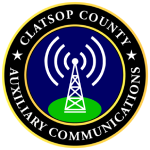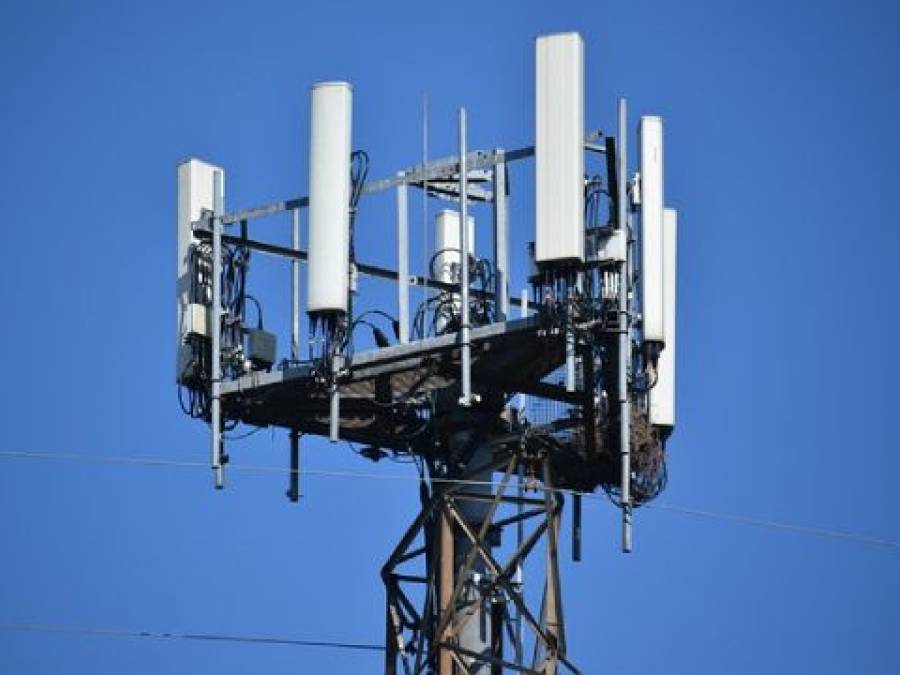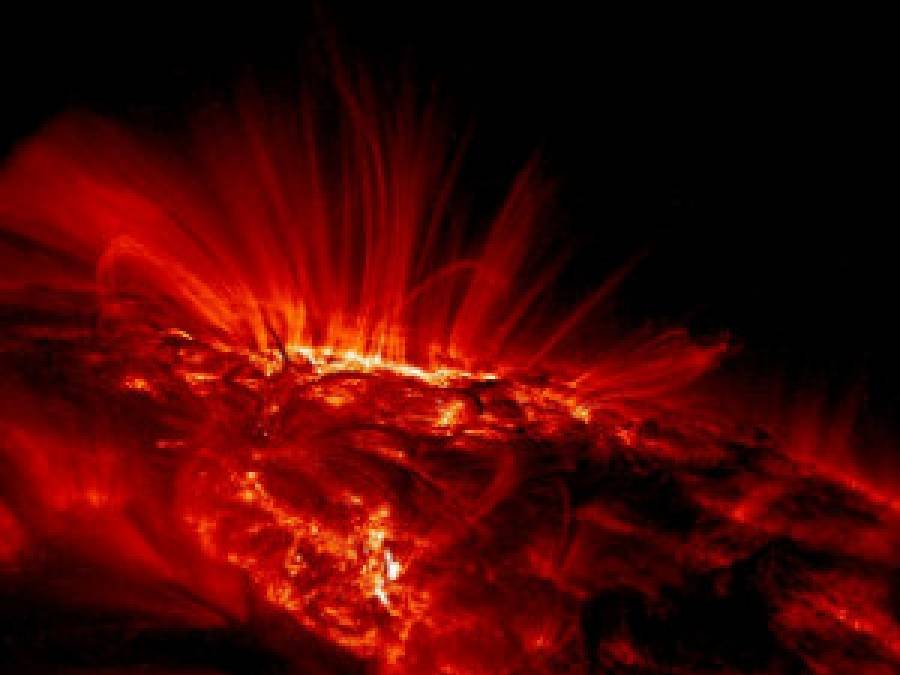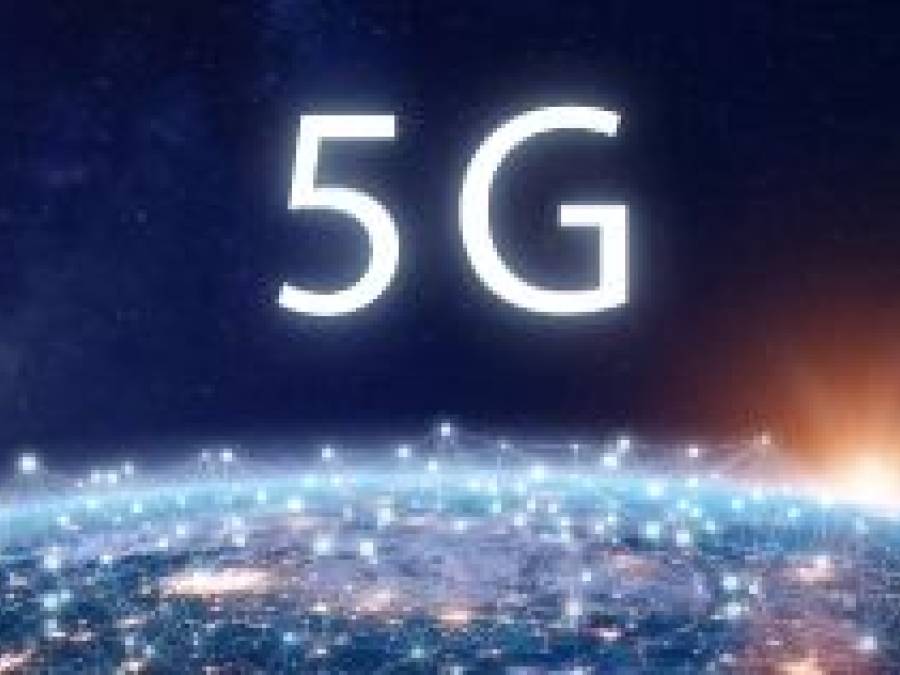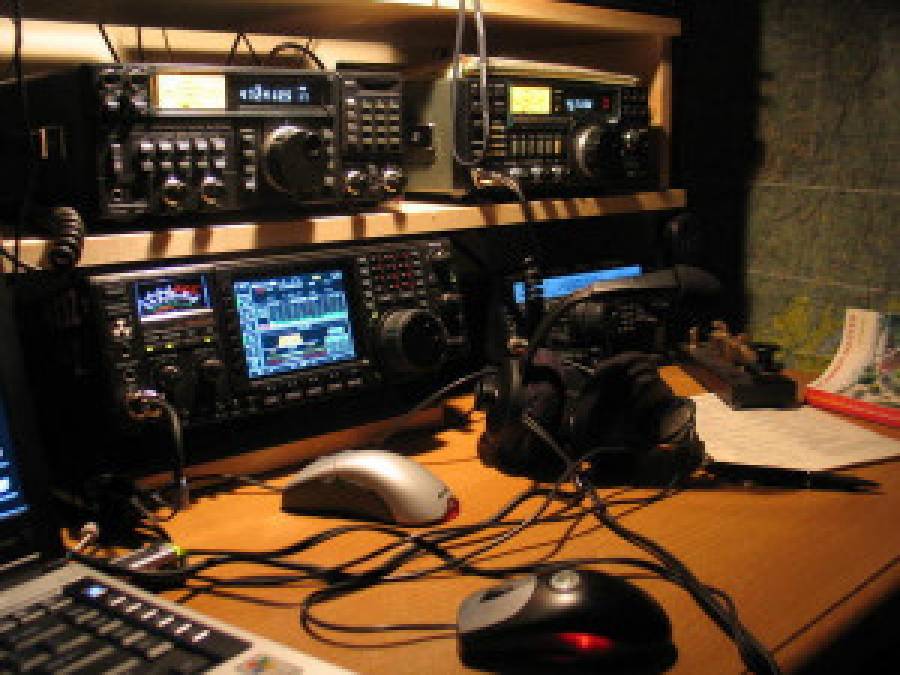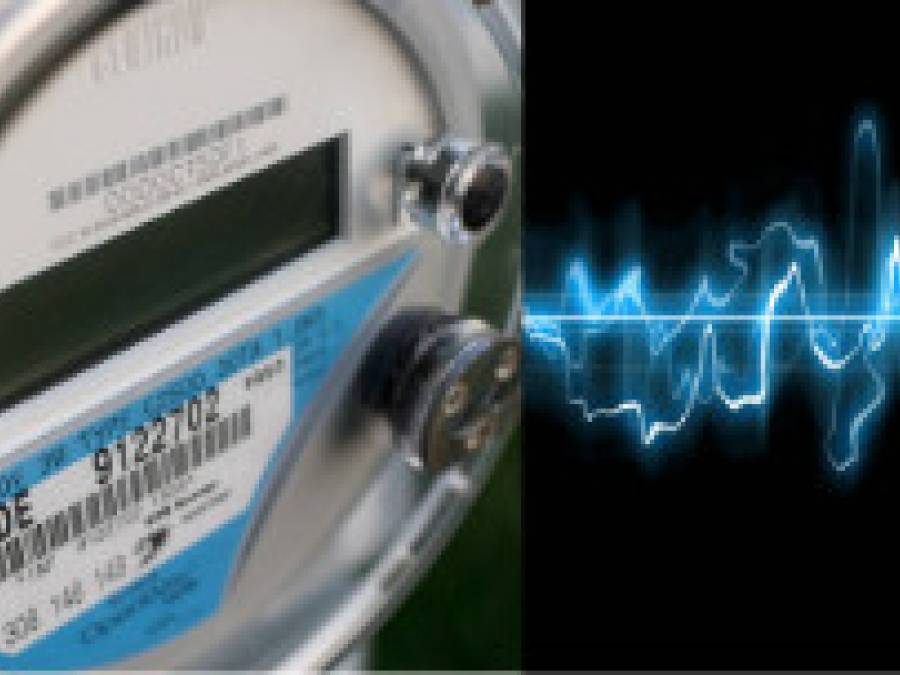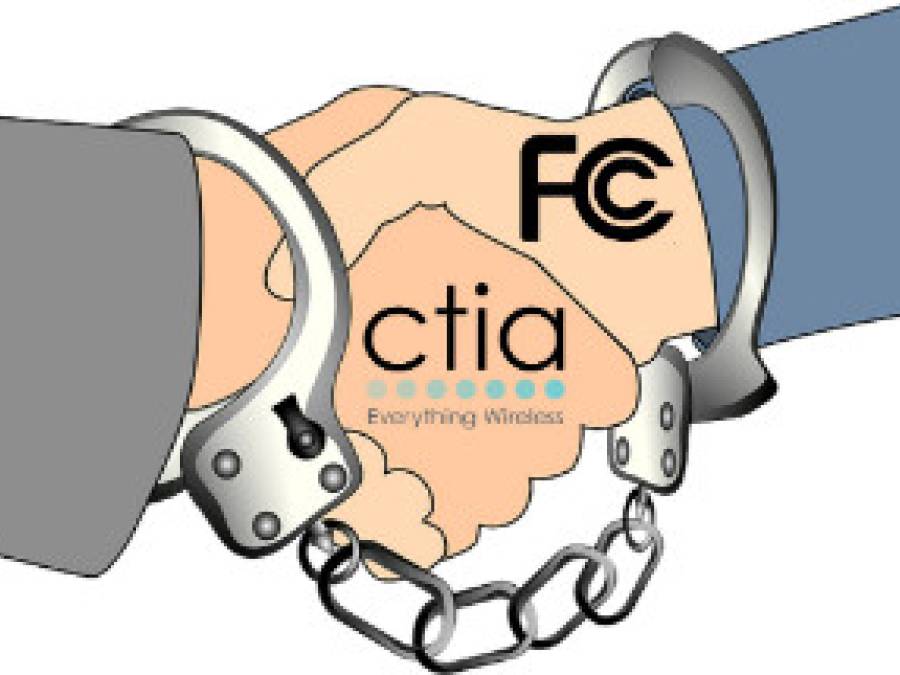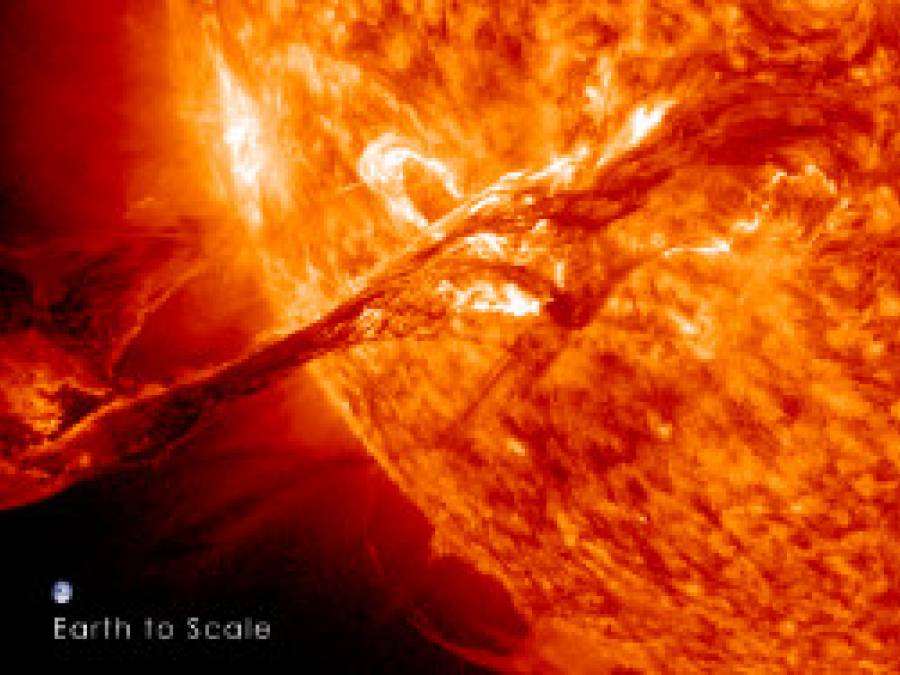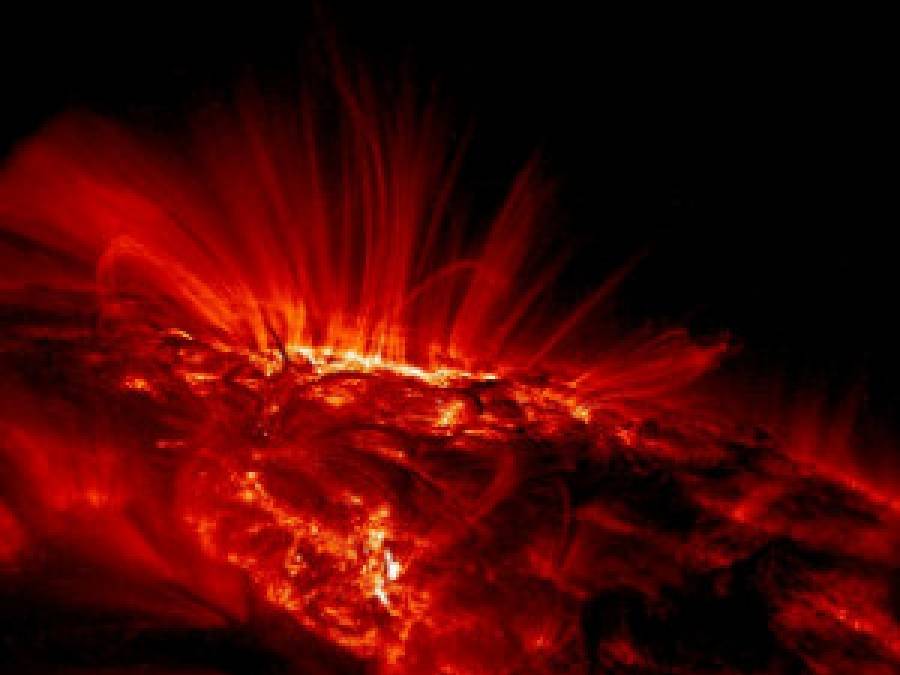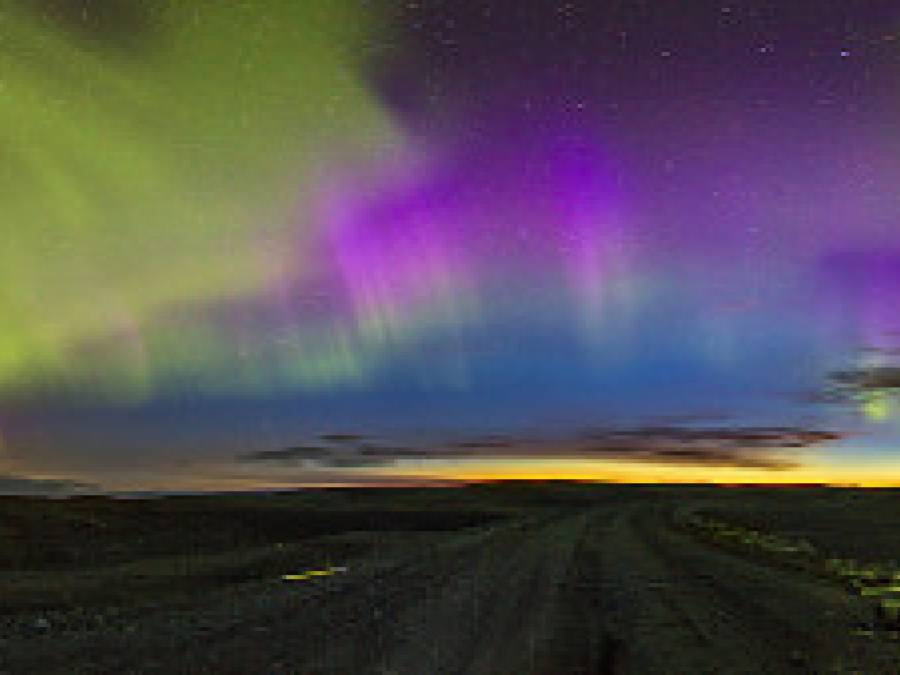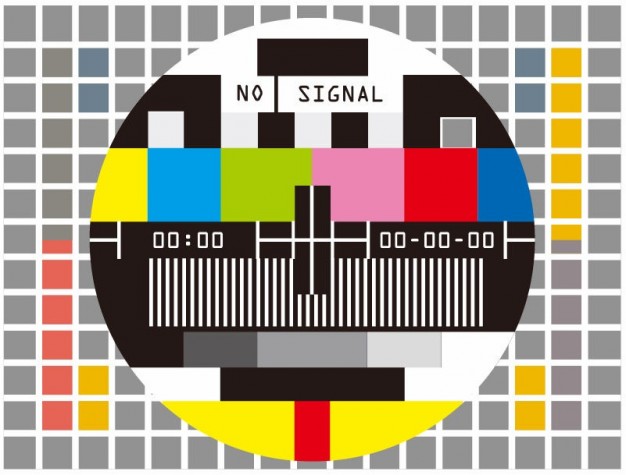 Slow-scan television (SSTV) is a picture transmission method used mainly by amateur radio operators, to transmit and receive static pictures via radio in monochrome or color.
Slow-scan television (SSTV) is a picture transmission method used mainly by amateur radio operators, to transmit and receive static pictures via radio in monochrome or color.
A technical term for SSTV is narrowband television. Commercial broadcast television requires 6 MHz wide channels, because it transmits 25 or 30 picture frames per second, but SSTV usually only takes up to a maximum of 3 kHz of bandwidth. It is a much slower method of still picture transmission, usually taking from about eight seconds to a couple of minutes, depending on the mode used, to transmit one image frame.
Since SSTV systems operate on voice frequencies, amateurs use it on HF, VHF and UHF radio.
The Apollo TV cameras used SSTV to transmit images from inside Apollo 7, Apollo 8, and Apollo 9, as well as the Apollo 11 Lunar Module television from the Moon.
SSTV uses analogue frequency modulation, in which every different value of brightness in the image gets a different audio frequency. In other words, the signal frequency shifts up or down to designate brighter or darker pixels, respectively. Color is achieved by sending the brightness of each color component (usually red, green and blue) separately. This signal can be fed into an SSB transmitter, which in part modulates the carrier wave.
There are a number of different modes of transmission, but the most common ones are Martin M1(popular in Europe) and Scottie S1 (used mostly in the USA). Using one of these, an image transfer takes 114 (M1) or 110 (S1) seconds. Some black and white modes take only 8 seconds to transfer an image.
Sending and receiving SSTV does not require any specialized equipment these days. A regular radio transceiver connected to the input and output of a computer sound card is all that it takes. Most ham digital mode programs these days (such as Ham Radio Deluxe) can do SSTV as well as other popular digital transmission modes like PSK31, RTTY, etc.
There are SSTV cameras onboard the International Space Station as well, and amateur radio operators can receive and decode these signals. http://www.issfanclub.com
